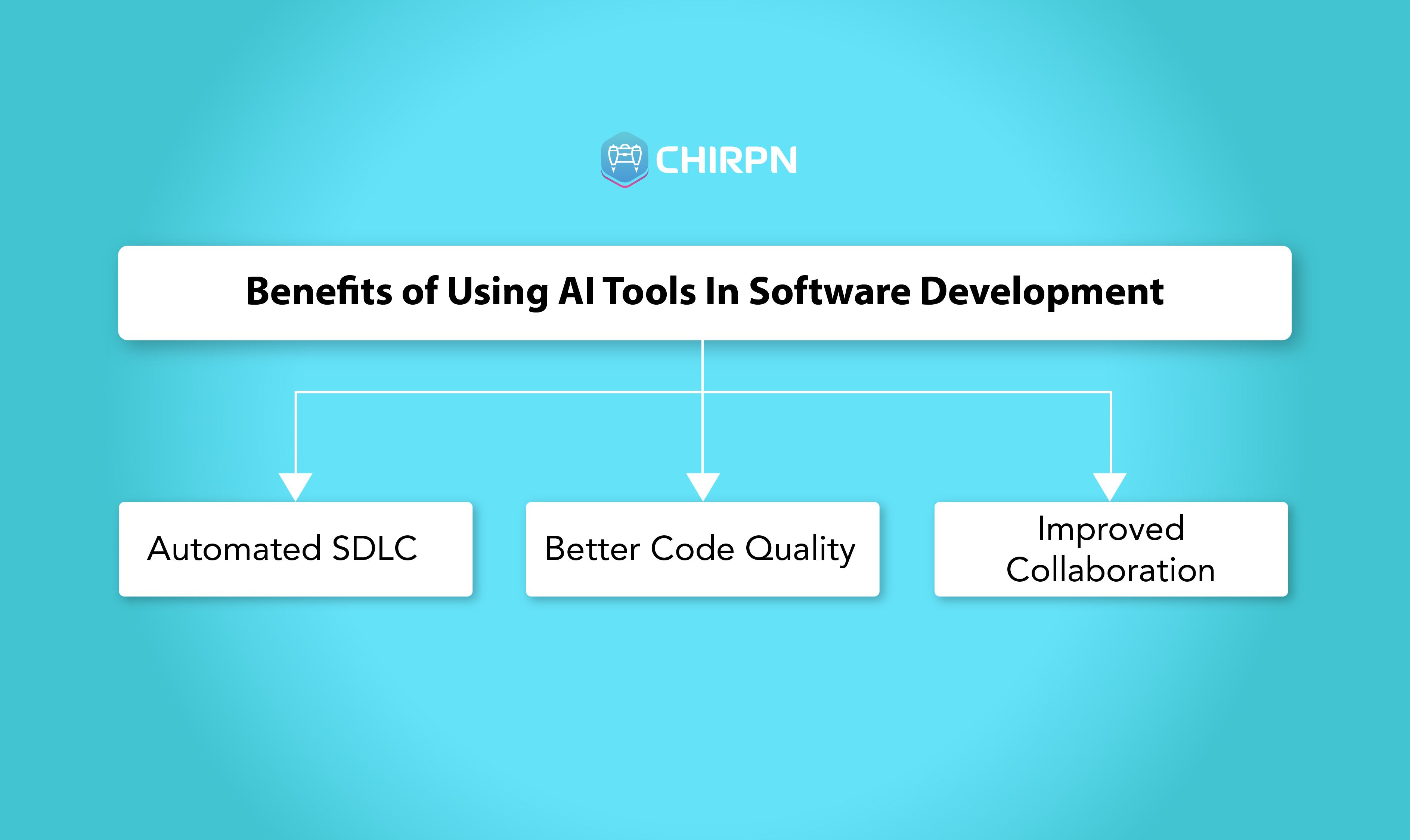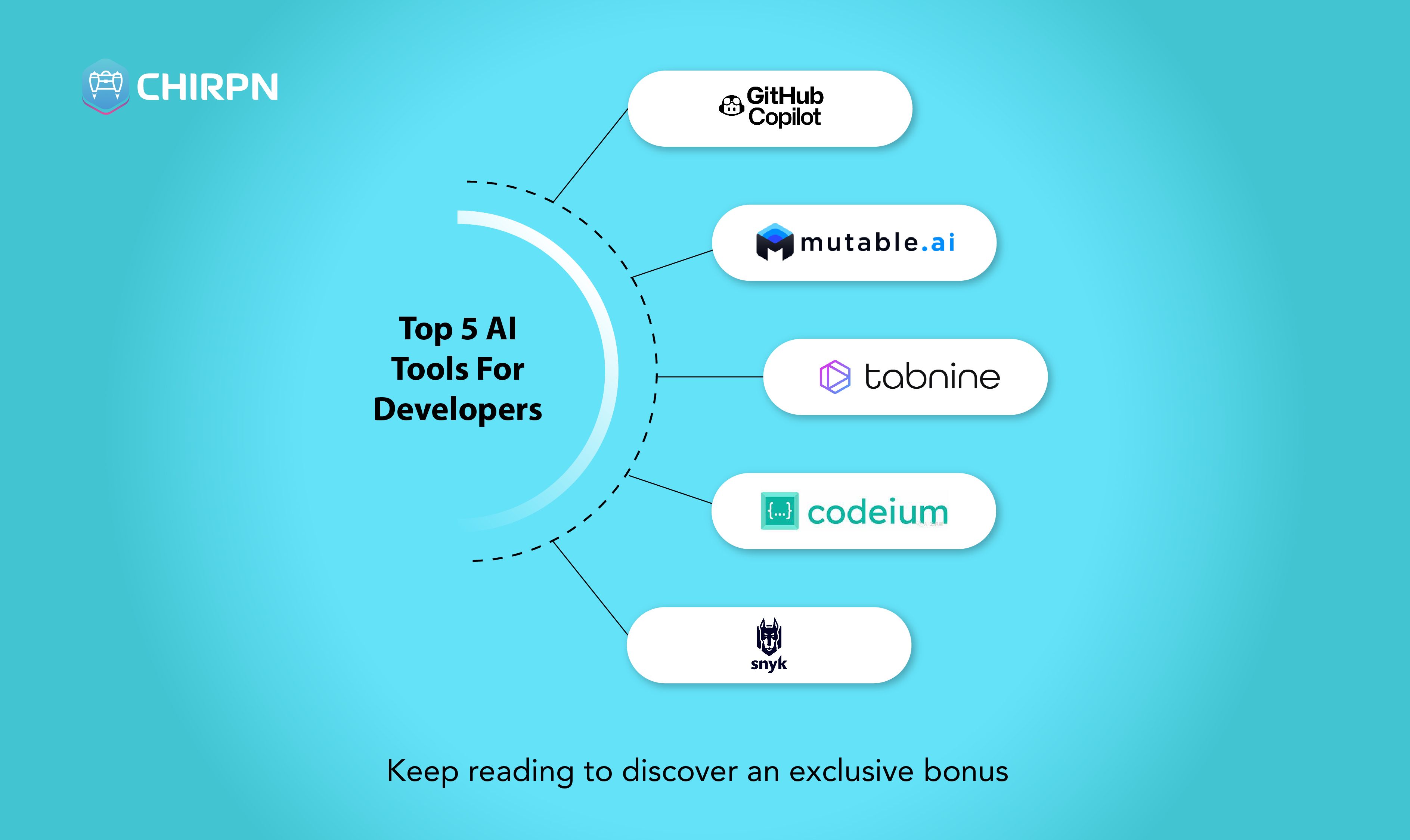The world of software development has seen a big change since AI came on the scene. Back in the day, it was a step-by-step process that took a lot of time and effort. AI has proven to be a clever addition to the mix. It can write code, find bugs, and give tips as you work. This tech uses things like machine learning and natural language processing. These can pick up on a coder's unique style and offer advice that fits. These days, coders can work with tools that are easy to use and understand. AI takes care of repetitive jobs, which means developers don't have to waste time writing basic code over and over.
Overview of AI-assisted Software Development
Traditional software development involves stages beginning with research and ending with project delivery. AI-assisted simply means incorporating Large Language Models in system analysis, design, coding, testing, deployment, and post-deployment operations. When developers use this technology to augment repetitive tasks and enhance code quality, it simplifies complex procedures. However, it suggests alternative solutions to remove security issues and optimize the code’s performance.
In full-stack software development, developers use tools for code refactoring, so what’s different? Traditional tools don’t adapt according to data and the developer’s style. AI can use ML and NLP to produce output based on specific inputs. It is possible to get the desired output through chat and human-like language.
Benefits of Using AI Tools In Software Development

Automated SDLC
AI in software development can churn out code snippets and ideas, and boost routine tasks. These tools can handle the whole process, bringing about a big shift in how teams work. Take Chirpn's new AutoCAR framework, for instance. Its Rapid Launch feature cuts down on dev time, helping businesses get to market in a flash.
Better Code Quality
After generating the code, developers need to test the code for potential issues. Codium AI and Synk come into play, and they identify vulnerabilities during the early process. This prevents problems down the line, thus ensuring better code quality.
Improved Collaboration
Mutable AI and Pieces for Developers allow developers to collaborate and share code snippets. Senior developers can leave suggestions on the code, which will be implemented by their juniors.
How Developers Are Using AI In Software Development?
AI plays a strategic role in the entire SDLC cycle, from conceptualization to production. During research, it can detect actionable trends that developers might overlook. GPT models can scroll through open-source repositories and assist in backlog management. However, the main use cases of AI in software development primarily consist of:
- Code generation
When developers have to learn new strategies or look for a solution, AI tools can assist. They don’t have to go over Stack Overflow documentation endlessly. ChatGPT, Claude 3.5 Sonnet, and GitHub Copilot can generate snippets against a specific prompt.
Usually, they produce complex codes within a few seconds. According to reports, this has improved work efficiency by 20%. Developers can use AI to write the redundant sections and focus on the more innovative side.
- Research
In the pre-AI era, developers had to spend a lot of time to learn new tools or techniques. Even then, they had to wing it, when the code presented some unexpected errors. Now, AI can access all the repositories and documentation and provide contextualized information. Simply put, AI makes the process more streamlined and efficient.
- Debugging
AI, however, excels most in debugging, tracing deeply buried issues within the code. Debugging is one of the tedious tasks in software development, and developers hate it. AI tools now share the burden, and they can identify potential bugs within seconds. But that’s not all; it can study code behavior and suggest solutions. It does not end there, and Machine Learning algorithms can sift through lines of code and recognize patterns from the past.
Top 5 AI Tools For Developers

GitHub Copilot
Github Copilot is the most popular AI software development tool among developers. It is the brainchild of Github and OpenAI, which suggests an entire code block based on your inputs. It is compatible with most programmable interfaces used by developers.
Mutable AI
When looking to write code that's easy to maintain and understand? Mutable AI is your go-to tool for this job. This software creates output from simple text descriptions while keeping quality high. It also fosters teamwork among developers, which boosts productivity in the workflow.
Tabnine
Tabnine works with most IDEs and adjusts to fit how each developer codes. It helps with many languages, including Python and Javascript, which makes it popular with a lot of people. The tool can help you clean up your code and suggests snippets and classes you might need as you type.
Codium AI
Codium AI is specifically designed to boost the software testing process in real time. You can use it to analyze codes and provide relevant suggestions. With its help, developers can prevent bugs from creating any issues. Then how is it different from other tools on the list? It shows how changing a part of the code will impact the entire codebase. It easily integrates into VS Code and offers an intuitive interface for developers.
Synk
Synk is a cloud-based, AI-powered tool that assists developers in identifying codes with vulnerabilities and sending alerts. It provides potential fixes through real-time alerts, thus reducing dependencies and codebases. The best part of Synk is that it syncs nicely with the existing workflows, and offers a smooth transition during projects. It is updated with new information, which means its confidence score is incredibly high. One popular organization that has integrated this tool into its workflow is Reddit.
Bonus: OpenAI o1
OpenAI’s o1 has surpassed expectations by achieving superior reasoning by consistently refining its output. The model can not only generate the code but also tell why it chose that block. If it produces code with errors, it can identify them and work on refactoring the output.
Is Prompt Engineering Enough for AI-Assisted Software Development?

Prompt engineering is critical, but it cannot be used to support all software development queries. Yes, ChatGPT is consistently improving its responses, but it is still not perfect. Developers must understand if the output is relevant to the given query. In other words, developers cannot go blind; they need to know programming languages. However, developers use prompt engineering while working with AI tools like Github Copilot or Tabnine.
AI is not a replacement for core software development skills. People who know software architecture are valuable. Sometimes, the code presented by the model may need further fine-tuning, debugging, and code optimization. If developers don’t have skills complementary to prompt engineering, they would be unable to do so. This might cause problems with projects with insanely intricate algorithms. Hence, organizations need to adopt a full-stack approach, using AI with traditional software development methodologies for more scalable outputs.
Chirpn uses AI tools to enhance efficiency, code quality, and security. GitHub Copilot and Tabnine help our developers to speed up development cycles by automating processes. They use these tools to automate code generation and simplify complex tasks.
AI adds an innovative approach to the traditional software development model, streamlining it entirely. Github Copilot and other tools can be used to perform repetitive tasks, augment redundant tasks, and improve collaboration between developers. There is no doubt that AI-assisted software development is the new normal. But we cannot ignore the necessity of human oversight, as AI tools are still learning. We need developers who can combine traditional knowledge with modern AI tools and skills. If we want to build a scalable software development process and a collaborative environment, this is the key.

